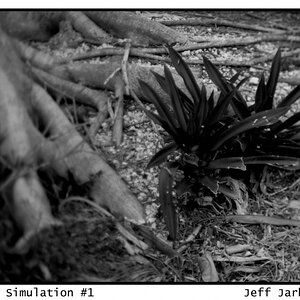- Joined
- Jul 15, 2017
- Messages
- 190
- Reaction score
- 100
- Location
- West Palm Beach
- Website
- www.dragster3.com
- Can others edit my Photos
- Photos OK to edit
If the OP had nailed focus this wouldn't be an issue.
I looked at the pic super zoomed, her hands have the best focus, she must be leaning back.
Not a fan of the 200mm 3/4 body shot. But hey...whatever works right?!


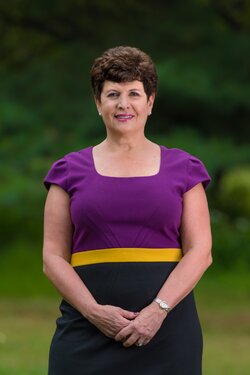
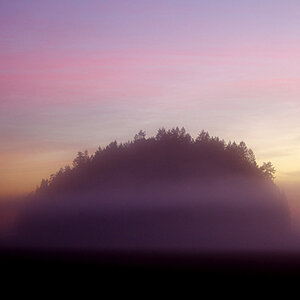
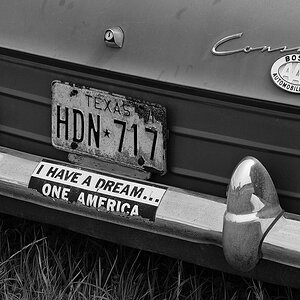
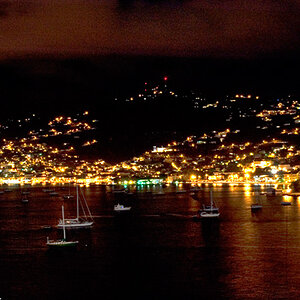


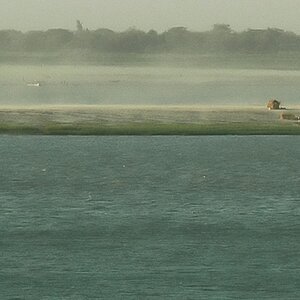
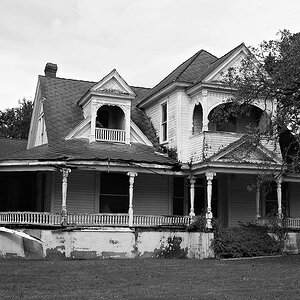
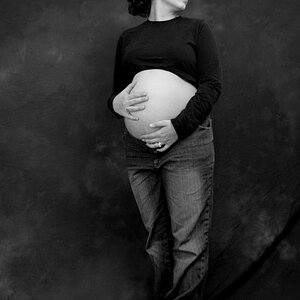
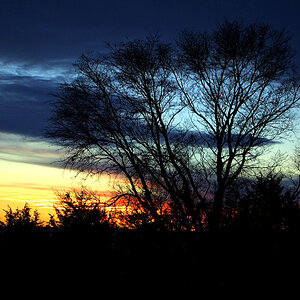
![[No title]](/data/xfmg/thumbnail/34/34071-9d82cc63ea930e951f24480c250e35d1.jpg?1619736266)

